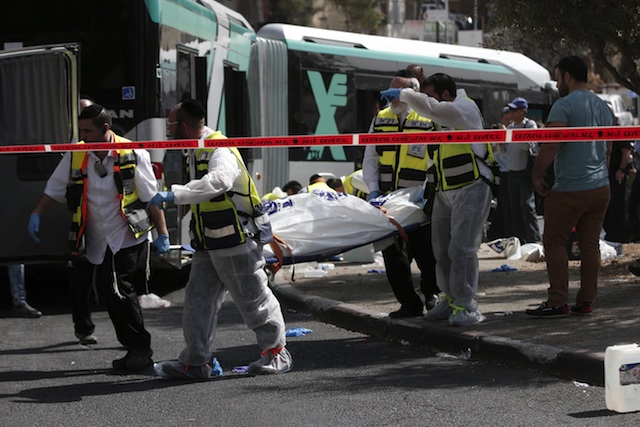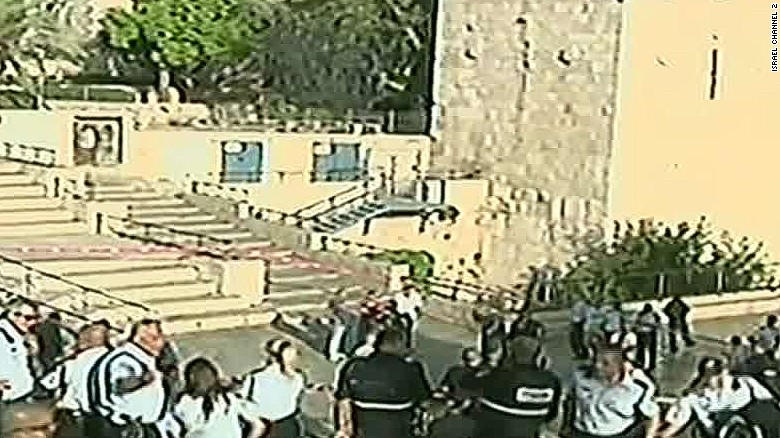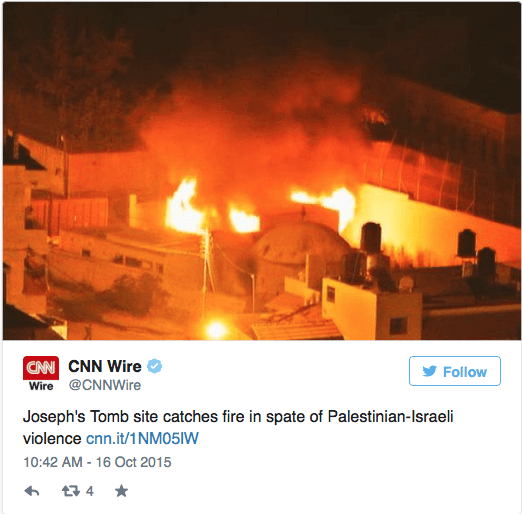
Recently, Israel has undergone a slew of terrorist attacks that have affected hundreds of people. These attacks have mostly been lone-wolf stabbings carried out by young Palestinian teenagers and have been almost daily occurrences on Israeli streets and at Israeli holy sites. There have been dozens of attacks that have claimed many lives and many more have wounded. An attack in Gush Etzion illustrates the barbarity of these incidents: an Israeli woman was stabbed and required complicated surgery to remove a knife from her spinal column.
These are the kinds of events that must be reported and covered accurately in order to allow people the opportunity to obtain the truth about what is going on around them. The issue of the Arab-Israeli conflict is one that has been a constant issue in world news since Israel’s inception and one that has become extremely controversial. It is a world issue where people are constantly voicing their opinions on the world stage. These opinions though, are formed by the way those events are covered in the news. The media has an incredibly powerful influence upon the minds of people and it can shift the entire direction of a conflict.

Due to fast-paced schedules, keeping up with current events and world affairs is not an easy task, therefore people look for the quickest way to obtain that information. No one has time to sit and watch the news or research different news sources, so the first report that comes up on one’s news feed is trusted, regardless of its accuracy.
On the topic of the Arab-Israeli conflict, people cannot possibly form an educated opinion on the matter if they are not being informed of the truth. For example, while reporting about one of the numerous attacks, CNN captioned the report, “Israeli police: Man with knife shot at Jerusalem’s Damascus Gate” rather than saying that a Palestinian was killed in an attempt to stab an Israeli. This type of caption can be misleading and paint peoples opinions about what events are conspiring in Israel and what is truly ensuing on both sides of the conflict.

Terminology is everything in the media. It is all about how a situation is put into words that paints a picture for a reader. Reuters, a popular media outlet, has called these violent attacks, “confrontations,” and “street violence.” This type of language denotes these events as being nothing more than spats or meaningless violence, rather than covering the serious and dangerous nature of what is ensuing.
Not only do people not have the time to really keep up with the news, but there are also so many different sources and outlets that are reporting on the same event providing different angles of the story. Most stories have an angle and a bias and are not always presented accurately.
It’s one thing to lessen the gravity of the situation, but it is another to completely lie. CNN published a news article titled “Josephs’ tomb catches fire.” In actuality, Palestinians set fire to the tomb, which is an ancient holy site for Jews all over the world. The truth of the matter is that it did go up in flames, but there was no spontaneity about it. These inaccuracies paint a picture about Israel and the conflict to readers who may not know the whole.

At the end of the day, every story has an angle and a bias which may not always present the occurrence accurately. We want to be able to trust our media sources and news outlets. We want to be able to spread the facts about a situation rather than spread misinformation that could incite undeserved criticism towards other people. We need to take action to be more careful about what stories pop up on our news feeds and pay attention to the fact that not everything we read on the internet is true.
Contributed by CUNY Baruch College CAMERA fellow, Sivanna Shusterman.

